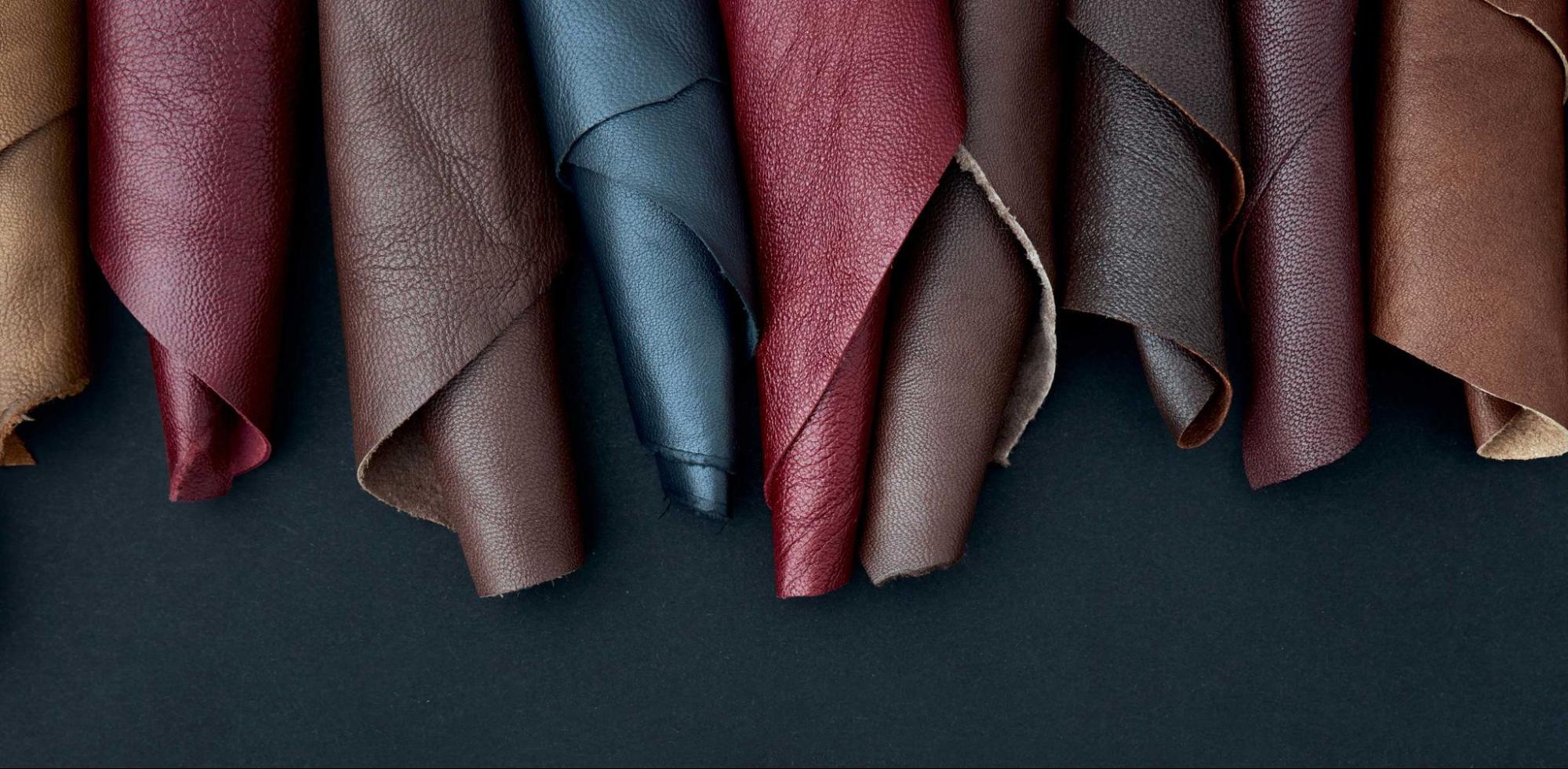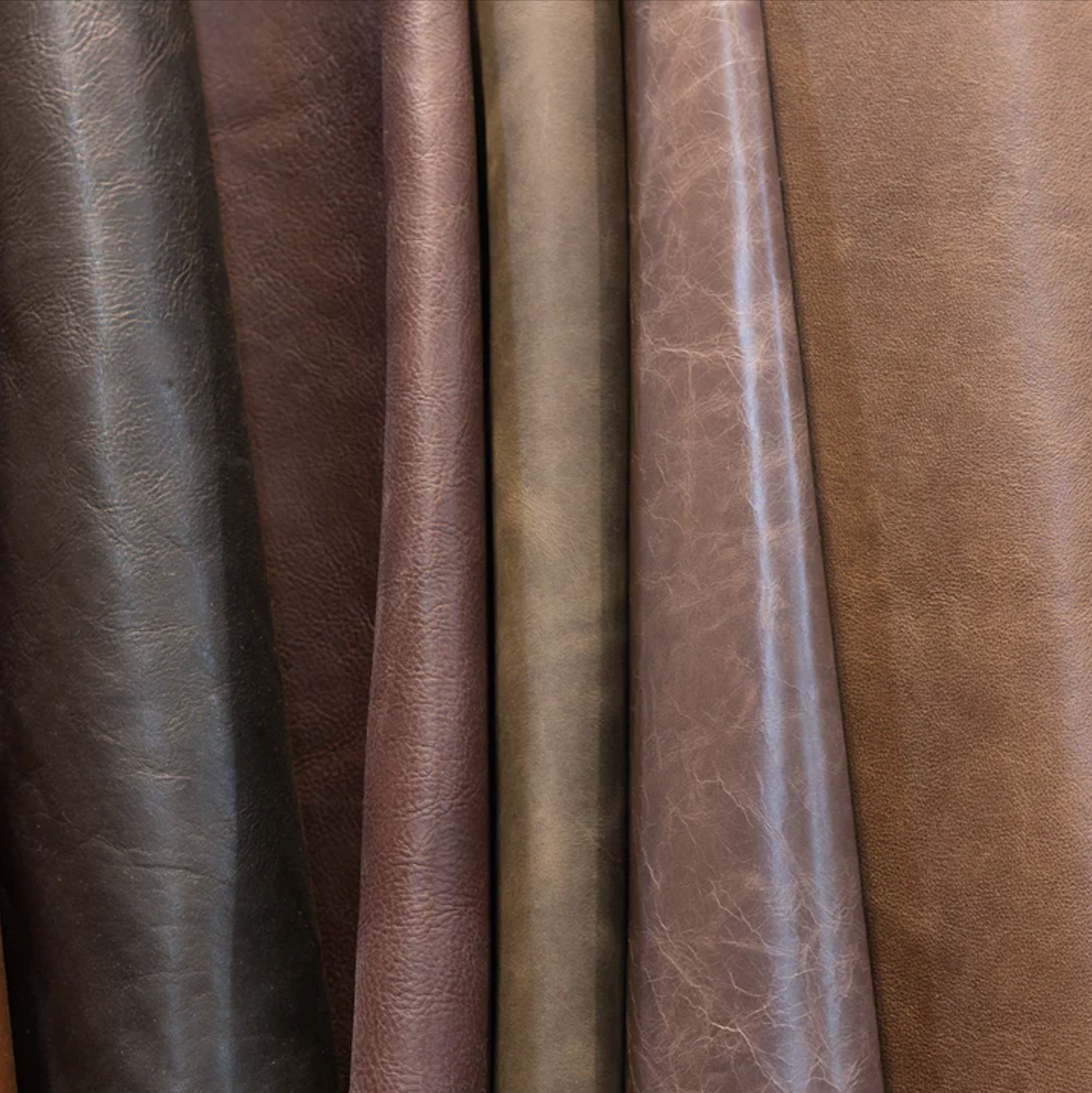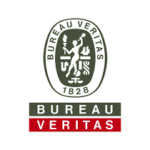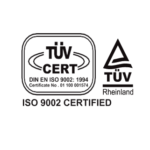
Acid dyes are a specialized type of dye used to color natural and synthetic fibers. They require an acidic environment for effective dyeing and can bond with the fibers through ionic and hydrogen bonding interactions. Acid dyes are soluble in water and offer a wide range of vibrant colors. They exhibit good Colorfastness and are commonly used on protein-based fibers like raw leather, wool and silk. Acid dyes are essential for adding long-lasting and intense color.
Colors
C.I No. ACID BROWN 127 | C.I No. ACID BLACK 234 |
| LEATHEROL ORANGE MSG 180% | LEATHEROL COVER BLACK |
C.I No. ACID BROWN 127 | LEATHEROL BLACK SA |
C.I No. ACID BROWN 276 | C.I No. ACID BLACK 210 |
C.I No. ACID BROWN 98 | LEATHEROL OLIVE 2402 |
C.I No. ACID BLACK 155 | LEATHEROL RED 2201 |
C.I No. ACID BROWN 58 | LEATHEROL RED S |
| LEATHEROL BROWN 2490 | LEATHEROL BLUE 2222 |
| LEATHEROL BORDEAUX 2430 | LEATHEROL BROWN 10282 |
| LEATHEROL GREY 2411 | LEATHEROL BROWN 1289 |
| LEATHEROL BROWN GRM | LEATHEROL VIOLET 3B |
| LEAATHEROL BEIGE 2401 | LEATHEROLl VIOLET 3R |
| LEATHEROL DARK BLACK SLR | LEATHEROL ORANGE RSN |
| LEATHEROL DARK BLACK SLH | LEATHEROL T.BLUE F-BL |
| LEATHEROL DARK BLACK SF H.CONC | LEATHEROL BRILLIANT RED BA |

Characteristics of acid dyes
Acid Dyes are water-soluble anionic dyes applied to fibers such as silk, wool, leather from neutral to acid dye baths. Attachment to the fiber is attributed, at least partly, to salt formation between anionic groups. Acid Dyes of Sardar Chemical include a wide range with certifications of Azo free. Key Features of Acid Dyes are:
- Very Brilliant as well as Colorfastness
- Offer extremely vibrant results
- Nontoxic when used accordingly
- Colors are stunning
- The result is very permanent, light as well as wash fastness.

What are the properties of acid dyes?
Due to the sodium salt’s large anion in aqueous solutions, these are usually sold as sodium salts. Below are the properties of acid dyes:
- In nature, these dyes are anionic
- The dyes suit silk, wool, modified acrylics, and polyamide.
- These are applicable from the acidic solid to the neutral pH bath.
- These dyes have no affinity for cotton cellulose; hence, they are unsuitable for cellulosic.
- These dyes combine with fiber by hydrogen bonds, Waals forces, or via ionic linkages.
Using acid dyes involves a specific acid dyeing process to ensure effective and vibrant coloration. Here are the steps to follow when using acid dyes:
Preparing the dye bath
- Fill a stainless steel or non-reactive dyeing vessel with enough water to submerge the fabric or fiber fully.
- Add the appropriate amount of acid dye to the water, following the manufacturer's instructions or desired dye concentration.
- Optionally, add a small amount of acid, such as acetic or citric acid, to create an acidic environment for optimal dye uptake.
Preparing the fabric or fiber
- Clean and wet the fabric or fiber thoroughly to ensure even dye absorption.
- If necessary, treat the fabric or fiber with a mordant to enhance dye fixation. This step is usually not required for acid dyes on protein-based fibers.
Dyeing process
- Submerge the fabric or fiber into the dye bath, ensuring it is fully immersed.
- Heat the dye bath gradually to the desired temperature, following the manufacturer's instructions or dyeing guidelines. Agitate the dye bath periodically to ensure even dye distribution.
- Maintain the dye bath temperature within the recommended range for the duration specified by the dye manufacturer or until the desired color intensity is achieved.
Rinsing and aftercare
- Remove the fabric or fiber from the dye bath and rinse it thoroughly with cool water until the water runs clear.
- Gently squeeze out excess water and allow the dyed material to air dry or follow appropriate drying methods for the specific fiber.
We are the only manufacturer for Leather dyes in Pakistan Since 1989. We produce wide range of leather dyes used in export oriented tanneries to dye natural fiber. All our Leather dyes adhere strictly to Amine testing international standards designed by SGS, Bureau Veritas & TTI Labs. And are approved Amine free dyes.
Acid Black is an organic dye. We are one among the most prominent entities, indulged in manufacturing of Acid Black Dyes in Pakistan. Acid Black dyes are available for the customers in different shades, tones & strength according to customer need. The provided Acid Black dyes are formulated with premium quality intermediate and compounds which are procured from the certified vendors of the market. We produce aniline free Acid Black Dyes. We extensively work on R&D for producing quality product and maintaining all the international standards.





